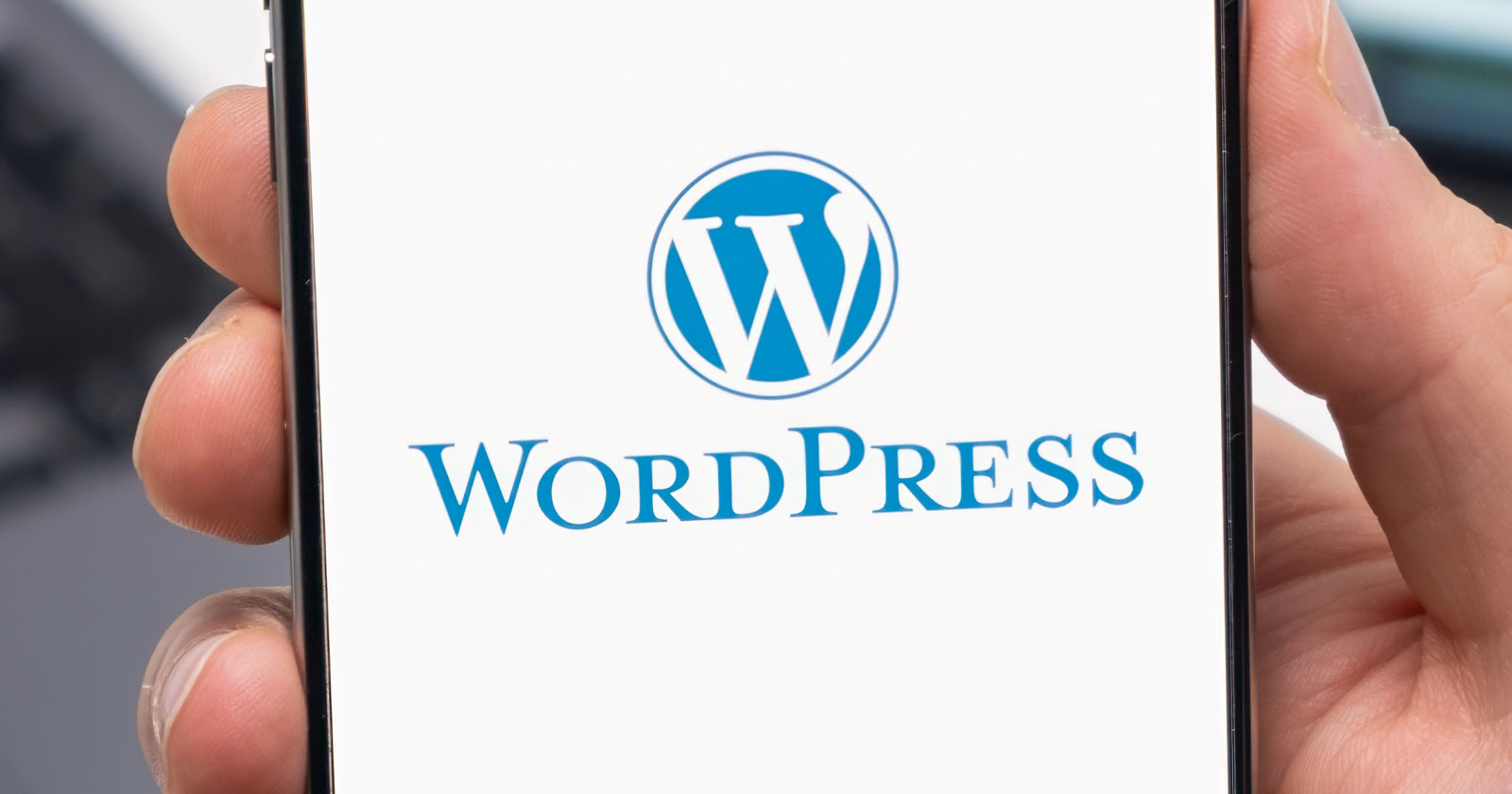SEO
WordPress Gives WP Engine Users A Reprieve

Matt Mullenweg posted on WordPress.org that WP Engine users have been granted a reprieve from the block on the WordPress plugin and theme repository until October 1st, allowing them to access updates as usual.
WordPress Versus WP Engine
Matt Mullenweg and popular web host WP Engine have been locked in a conflict for the past week over a commercial licensing fee that other web hosts pay but WP Engine does not. The issue between them stems from the frustrations on Mullenweg’s side with the perception that WP Engine is not giving back enough to WordPress in the way that they should. Prominent figures in the WordPress industry like Joost de Valk agree with Mullenweg that companies, including WP Engine, should give back more to WordPress.
WP Engine has offered their side of the story have gone as far as to send a formal cease and desist letter for what they perceive as an unfair attack on their business.
Regardless of who is right or wrong, WordPress users on WP Engine are caught in the middle of this conflict, with their businesses disrupted by Mullenweg’s decision to block WP Engine from accessing the WordPress.org plugin and theme repository, preventing them from updating plugins and themes.
Temporary Reprieve
Mullenweg posted on WordPress.org that he has heard from WordPress users and has decided to give the WordPress users a chance for WP Engine to set up a solution so that they won’t be inconvenienced. WP Engine has until October 1st to engineer a workaround.
He wrote:
“I’ve heard from WP Engine customers that they are frustrated that WP Engine hasn’t been able to make updates, plugin directory, theme directory, and Openverse work on their sites. It saddens me that they’ve been negatively impacted by Silver Lake‘s commercial decisions.
WP Engine was well aware that we could remove access when they chose to ignore our efforts to resolve our differences and enter into a commercial licensing agreement. Heather Brunner, Lee Wittlinger, and their Board chose to take this risk.
…We have lifted the blocks of their servers from accessing ours, until October 1, UTC 00:00. Hopefully this helps them spin up their mirrors of all of WordPress.org’s resources that they were using for free while not paying, and making legal threats against us.”
Read more at WordPress.org:
Featured Image by Shutterstock/Vladimka production

















